Comunicación Interna y la Identidad Laboral de los Colaboradores de la Municipalidad Provincial de Lamas
Resumen
El objetivo general de la presente investigación fue determinar la relación que existe entre la comunicación interna y la identidad laboral de los colaboradores de la Municipalidad Provincial de Lamas, 2024. La metodología que se emppleó fue de tipo básica, cuantitativa, descriptiva, correlacional, no experimental, corte transversal, hipotéctico deducativo, la población estuvo conformada por 237 colaboradores, luego de aplicar el muestro probabilístico dio como resultado un tamaño muestral de 201 colaboradores, la técnica empleada para la recolección de datos fue la encuesta a través del instrumento cuestionario, el mismo que fue validado por juicio de expertos, el procesamiento de datos se realizó empleando el software estadístico SPSS 27. Los resultados del estudio determinaron un coeficiente Rho de Spearman = ,849 para las variables comunicación interna e identidad laboral. El estudio llegó a la conclusión que existe relación estadísticamente significativa entre la comunicación interna y la identidad laboral de los colaboradores de la Municipalidad Provincial de Lamas, 2024.
Descargas
Citas
Aftab, F., Bazai, S. U., Marjan, S., Baloch, L., Aslam, S., Amphawan, A., & Neo, T. K. (2023). A Comprehensive Survey on Sentiment Analysis Techniques. International Journal of Technology, 14(6), 1288–1298. https://doi.org/10.14716/ijtech.v14i6.6632
Alexopoulos, K., Anagiannis, I., Nikolakis, N., & Chryssolouris, G. (2022). A quantitative approach to resilience in manufacturing systems. International Journal of Production Research, 60(24), 7178–7193. https://doi.org/10.1080/00207543.2021.2018519
Andersen, P. H., Åberg, S., & Bujac, A. (2023). Corporate sustainable brand identity work and network embeddedness: Learnings from Better Place (2007–2013). Industrial Marketing Management, 115(1), 526–538. https://doi.org/10.1016/j.indmarman.2023.10.014
Asad, M. M., Erum, D., Churi, P., & Moreno, A. J. (2023). Effect of technostress on Psychological well-being of post-graduate students: A perspective and correlational study of Higher Education Management. International Journal of Information Management Data Insights, 3(1), 1–11. https://doi.org/10.1016/j.jjimei.2022.100149
Barnard, S., Dainty, A., Lewis, S., & Culora, A. (2023). Conceptualising Work as a ‘Safe Space’ for Negotiating LGBT Identities: Navigating Careers in the Construction Sector. Work, Employment and Society, 37(6), 1–19. https://doi.org/10.1177/09500170221090164
Beniušis, V. (2023). Internal Communication Challenges and Their Solution When Hybrid Work is Implemented in a Public Sector Organization: The Case Study of the Ministry of Transport and Communications of the Republic of Lithuania. Information and Media, 95(1), 94–115. https://doi.org/10.15388/IM.2023.95.59
Blanco, Y., Zuleta, M. J., & Vásquez M.C. (2022). Models of public management in education: verticality versus horizontality[Modelos de gestión pública en educación: verticalidad versus horizontalidad]. Revista Venezolana de Gerencia, 27(100), 1405–1422.
https://doi.org/10.52080/rvgluz.27.100.8
Curilla, S., Morales, J., Poma, W., & Vicente-Ramos, W. (2023). Influence of internal communication on the organizational climate of a local educational management unit in Peru. Business: Theory and Practice, 24(1), 93–101. https://doi.org/10.3846/btp.2023.16358
Duarte, A. P., & Silva, V. H. (2023). Satisfaction with Internal Communication and Hospitality Employees’ Turnover Intention: Exploring the Mediating Role of Organizational Support and Job Satisfaction. Administrative Sciences, 13(10), 1–17.
https://doi.org/10.3390/admsci13100216
Fernandes, R., Barbosa Sousa, B., Fonseca, M., & Oliveira, J. (2023). Assessing the Impacts of Internal Communication: Employer Branding and Human Resources. Administrative Sciences, 13(6), 1–13. https://doi.org/10.3390/admsci13060155
Giazitzoglu, A. (2024). Masculinity, embodiment and identity-work: How do organisational members use their bodies as identity resources to (re) accomplish hegemonic masculinity? Organization, 31(1), 139–162. https://doi.org/10.1177/13505084221074041
Giazitzoglu, A., & Korede, T. (2023). Identity-work among Black African male immigrant entrepreneurs residing in Northern English regional contexts: A qualitative examination. Journal of Business Research, 164(1), 1–11. https://doi.org/10.1016/j.jbusres.2023.113978
Martínez Hernández , R. (2023). Blended Learning en el aprendizaje de idiomas: Una revisión de la literatura académica. Estudios Y Perspectivas Revista Científica Y Académica , 3(2), 113–138. https://doi.org/10.61384/r.c.a.v3i2.36
Rubio Rodríguez, A. D., & Leon Reyes, B. B. (2024). Actividades Deportivas para Mejorar el Aprendizaje en la Materia de Física . Revista Científica De Salud Y Desarrollo Humano, 5(2), 398–409. https://doi.org/10.61368/r.s.d.h.v5i2.139
Icaza Cárdenas, C. K., Riquero Pincay, C. J., & Márquez Villegas, V. T. (2023). Comunicación estratégica para el sector turístico sustentable. Emergentes - Revista Científica, 3(2), 70–87. https://doi.org/10.60112/erc.v3i2.34
Ruiz Díaz Benítez, J. R. (2023). Diseño de una Arquitectura de Referencia en la Logística de Abastecimiento Inteligente de Almacenes mediante el uso de Tecnologías de la Industria 4.0. Caso Almacenes retail de la Ciudad de Pilar. Revista Veritas De Difusão Científica, 4(2), 55–70. https://doi.org/10.61616/rvdc.v4i2.46
Martínez, O., Aranda , R., Barreto , E., Fanego , J., Fernández , A., López , J., Medina , J., Meza , M., Muñoz , D., & Urbieta , J. (2024). Los tipos de discriminación laboral en las ciudades de Capiatá y San Lorenzo. Arandu UTIC, 11(1), 77–95. Recuperado a partir de https://www.uticvirtual.edu.py/revista.ojs/index.php/revistas/article/view/179
v, H., & Quispe Coca, R. A. (2024). Tecno Bio Gas. Horizonte Académico, 4(4), 17–23. Recuperado a partir de https://horizonteacademico.org/index.php/horizonte/article/view/14
Da Silva Santos , F., & López Vargas , R. (2020). Efecto del Estrés en la Función Inmune en Pacientes con Enfermedades Autoinmunes: una Revisión de Estudios Latinoamericanos. Revista Científica De Salud Y Desarrollo Humano, 1(1), 46–59. https://doi.org/10.61368/r.s.d.h.v1i1.9
Gomes, P., Santos, E., & Martins, E. (2023). An exploratory analysis of internal communication in times of the COVID-19 pandemic. Global Business and Organizational Excellence, 42(5), 37–49. https://doi.org/10.1002/joe.22204
Gordon, B. R., Moakler, R., & Zettelmeyera, F. (2023). Close Enough? A Large-Scale Exploration of Non-Experimental Approaches to Advertising Measurement. Marketing Science, 42(4), 768–793. https://doi.org/10.1287/mksc.2022.1413
Goretzki, L., & Pfister, J. A. (2023). The productive accountant as (un-)wanted self: Realizing the ambivalent role of productivity measures in accountants’ identity work. Critical Perspectives on Accounting, 95(1), 1–23. https://doi.org/10.1016/j.cpa.2022.102504
Grawe, M. N., Nkoala, S., & Makwambeni, B. (2023). The Use of Social Media for Internal Communication within South African Local Government. Academic Journal of Interdisciplinary Studies, 12(4), 203–213. https://doi.org/10.36941/ajis-2023-0106
Haavisto, V. E., & Linge, T. T. (2022). Internal crisis communication and Nordic leadership: the importance of transparent and participative communication in times of crisis. Scandinavian Journal of Hospitality and Tourism, 22(4), 331–356.
https://doi.org/10.1080/15022250.2022.2123038
Haynes, K. (2023). Reflexivity and academic identity in accounting: intersubjective reflexive identity work as a feminist academic. Accounting, Auditing and Accountability Journal, 36(5), 1–19.
https://doi.org/10.1108/AAAJ-10-2022-6099
Jiang, L., Clark, B. B., & Turban, D. B. (2023). Overcoming the challenge of exploration: How decompartmentalization of internal communication enhances the effect of exploration on employee inventive performance. Technovation, 119(1), 1–13.
https://doi.org/10.1016/j.technovation.2022.102611
Lee, E., Kang, M., Kim, Y., & Yang, S. U. (2022). Exploring the interrelationship and roles of employee–organization relationship outcomes between symmetrical internal communication and employee job engagement. Corporate Communications, 27(2), 264–283.
https://doi.org/10.1108/CCIJ-12-2020-0167
Lee, Y. (2022). How dialogic internal communication fosters employees’ safety behavior during the COVID-19 pandemic. Public Relations Review, 48(1), 1–2.
https://doi.org/10.1016/j.pubrev.2022.102156
Liu-Lastres, B., Wen, H., & Okumus, F. (2024). Exploring the impacts of internal crisis communication on tourism employees insights from a mixed-methods study. Tourism Management, 100(1), 1–2. https://doi.org/10.1016/j.tourman.2023.104796
Mäkinen, E. I., & Esko, T. (2023). Nascent academic entrepreneurs and identity work at the boundaries of professional domains. International Journal of Entrepreneurship and Innovation, 24(3), 167–177. https://doi.org/10.1177/14657503211063896
Mathebula, D. (2023). Quantitative Analysis of Group for Epidemiology Architectural Approach. Annals of Data Science, 17(1), 1–23. https://doi.org/10.1007/s40745-023-00493-1
McDermott, R. (2023). On the scientific study of small samples: Challenges confronting quantitative and qualitative methodologies. Leadership Quarterly, 34(3), 1–2.
https://doi.org/10.1016/j.leaqua.2023.101675
Mohamad, B., Adamu, A. A., & Akanmu, M. D. (2023). Internal crisis communication (ICC) framework in high risk industry: A qualitative study from key informants’ perspectives. Cogent Business and Management, 10(3), 1–19. https://doi.org/10.1080/23311975.2023.2281699
Moon, J., & Jung, I. (2022). A simulation study for geographic cluster detection analysis on population-based health survey data using spatial scan statistics. International Journal of Health Geographics, 21(1), 1–8. https://doi.org/10.1186/s12942-022-00311-6
Nguyen, C. M. A., & Ha, M. T. (2023). The interplay between internal communication, employee engagement, job satisfaction, and employee loyalty in higher education institutions in Vietnam. Humanities and Social Sciences Communications, 10(1), 1–13.
https://doi.org/10.1057/s41599-023-01806-8
Ortega, E., Gomes, G. P., Ribeiro, N., & Gomes, D. R. (2023). Evaluating the Mediator Role of Organizational Identification in the Relationship between Symmetrical Internal Communication and Individual Performance of Hotel Employees. Administrative Sciences, 13(8), 1–15. https://doi.org/10.3390/admsci13080173
Ortega-Sánchez, D., & López-Sanvicente, A. B. (2023). Design, content validity, and inter-observer reliability of the ‘Digitization of Cultural Heritage, Identities, and Education’ (DICHIE) instrument. Humanities and Social Sciences Communications, 10(1), 1–9. https://doi.org/10.1057/s41599-023-01550-z
Peura, K., & Hytti, U. (2023). Identity work of academic teachers in an entrepreneurship training camp: a sensemaking approach. Education and Training, 65(4), 548–564.
https://doi.org/10.1108/ET-06-2021-0203
Pološki Vokić, N., Tkalac Verčič, A., & Sinčić Ćorić, D. (2023). Strategic internal communication for effective internal employer branding. Baltic Journal of Management, 18(1), 19–33. https://doi.org/10.1108/BJM-02-2022-0070
Prester, J., Cecez-Kecmanovic, D., & Schlagwein, D. (2023). Toward a Theory of Identity Performance in Unsettled Digital Work: The Becoming of ‘Digital Nomads.’ Journal of Information Technology, 38(4), 442–458. https://doi.org/10.1177/02683962231196310
Provost, Y., & Dagenais-Desmarais, V. (2023). Work-family spillover of satisfaction: The moderating role of domain boundary strength and identity salience. Journal of Occupational and Organizational Psychology, 96(3), 599–623. https://doi.org/10.1111/joop.12434
Qin, Y. S., & Men, L. R. (2023). Exploring the Impact of Internal Communication on Employee Psychological Well-Being During the COVID-19 Pandemic: The Mediating Role of Employee Organizational Trust. International Journal of Business Communication, 60(4), 1197–1219. https://doi.org/10.1177/23294884221081838
Rice, C., & Searle, R. H. (2022). The Enabling Role of Internal Organizational Communication in Insider Threat Activity – Evidence From a High Security Organization. Management Communication Quarterly, 36(3), 467–495. https://doi.org/10.1177/08933189211062250
Rydzak, W., Przybylska, J., Trębecki, J., & Sellitto, M. A. (2023). The communication gap and the effect of self-perception on assessment of internal auditors’ communication skills. Economics and Sociology, 16(2), 148–166. https://doi.org/10.14254/2071-789X.2023/16-2/10
Salman, S. M., Hamed, S. A., & Faisal, M. Z. (2023). Leadership and internal communication strategies in public organizations: analytical research. International Journal of Professional Business Review, 8(4), 1–14. https://doi.org/10.26668/businessreview/2023.v8i4.1348
Sari, N., Saragih, S., & Napitupulu, E. (2024). Developing a Hypothetical Learning Trajectory with Problem-Based Learning and a Learning Medium for Middle School. Educational Administration: Theory and Practice, 30(1), 32–50. https://doi.org/10.52152/kuey.v30i1.714
Sulaiman, Y., Kashfi, N. Z. A. M., Ismail, M. Y. S., & Arif, A. (2022). The Effect of Salary, Internal Communication, Motivation and Working Hours on Job Satisfaction among Childcare Employees in Kedah. WSEAS Transactions on Business and Economics, 19(1), 1849–1859. https://doi.org/10.37394/23207.2022.19.166
Sun, R., Li, J. Y. Q., Lee, Y., & Tao, W. (2023). The Role of Symmetrical Internal Communication in Improving Employee Experiences and Organizational Identification During COVID-19 Pandemic-Induced Organizational Change. International Journal of Business Communication, 60(4), 1398–1426. https://doi.org/10.1177/23294884211050628
Suominen, A., Hajikhani, A., Ahola, A., Kurogi, Y., & Urashima, K. (2022). A quantitative and qualitative approach on the evaluation of technological pathways: A comparative national-scale Delphi study. Futures, 140(1), 1–16. https://doi.org/10.1016/j.futures.2022.102967
Thelen, P. D., & Formanchuk, A. (2022). Culture and internal communication in Chile: Linking ethical organizational culture, transparent communication, and employee advocacy. Public Relations Review, 48(1), 1–12. https://doi.org/10.1016/j.pubrev.2021.102137
Yomona, R. M. E., Macedo, R. F., & Gonzales, J. F. Q. (2022). Design of a cost system for an agro-industrial company in the San Martín region. Custos e Agronegocio, 18(2), 144–162
Derechos de autor 2024 Bludith Ríos Córdova, Claribel Calle Fuentes, Gilvan Lay Coral, Kelita Guillén López, Reylis M. Estela

Esta obra está bajo licencia internacional Creative Commons Reconocimiento 4.0.












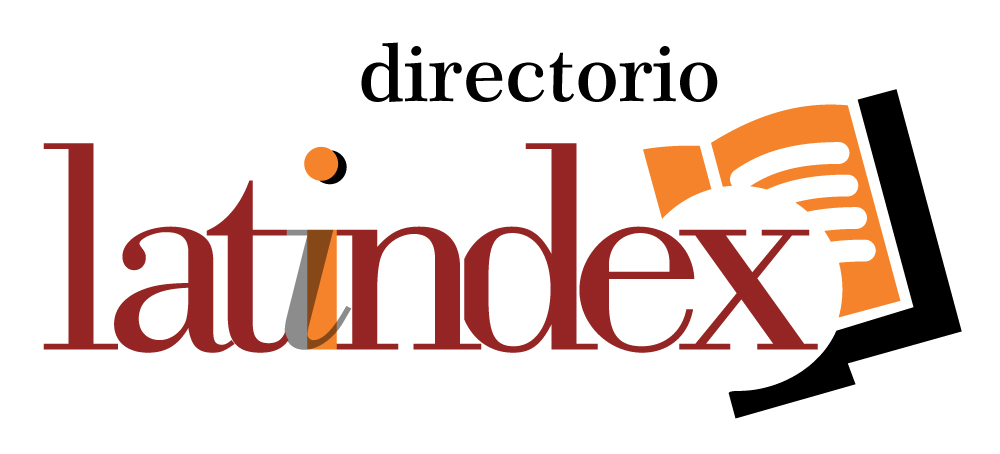
.png)
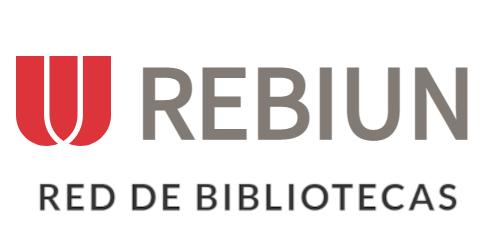







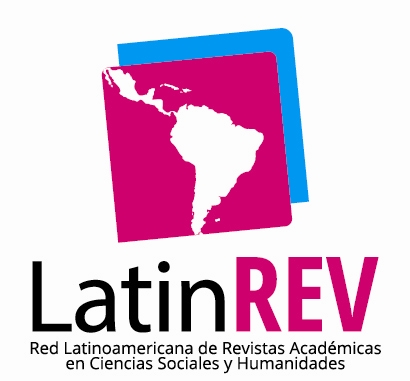

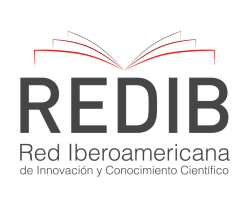


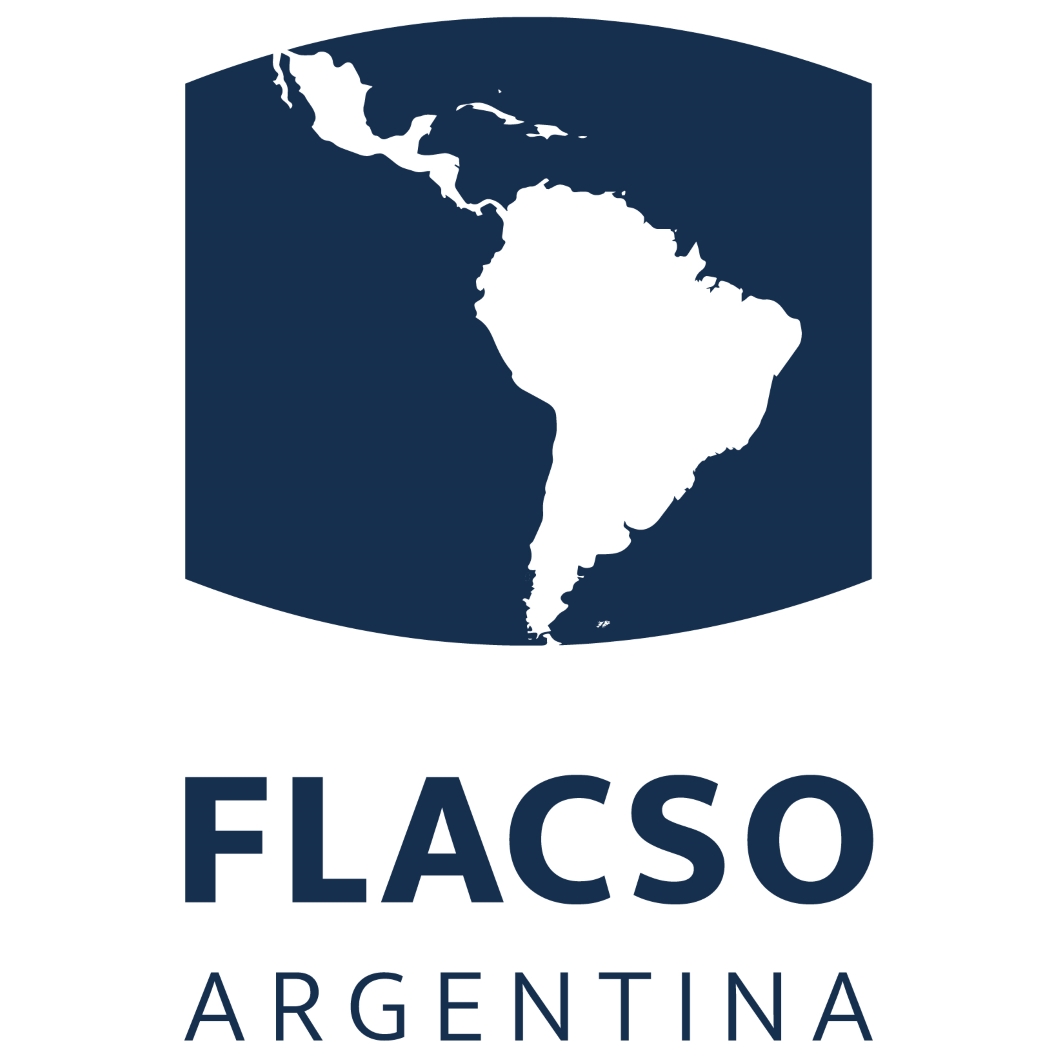

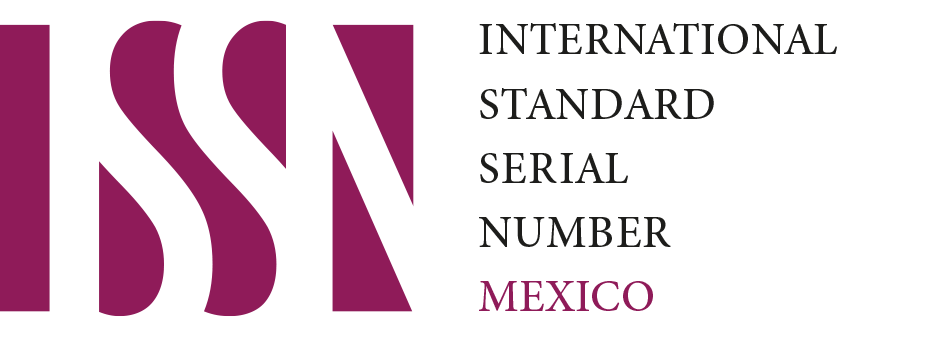




.png)
1.png)


